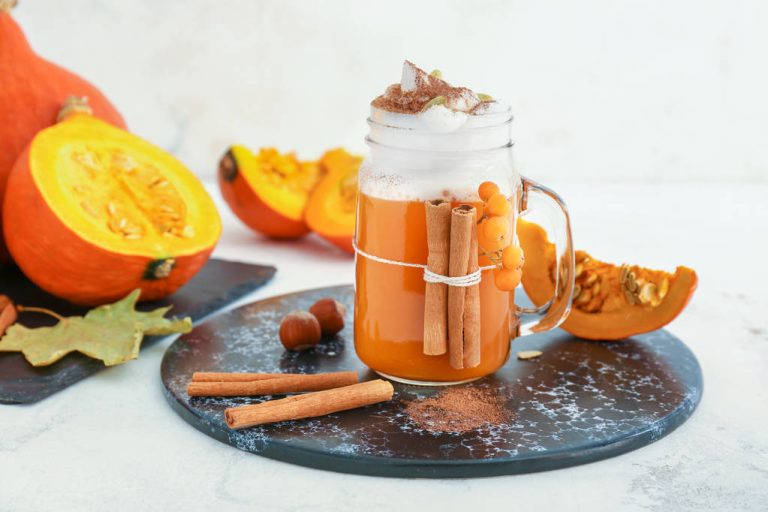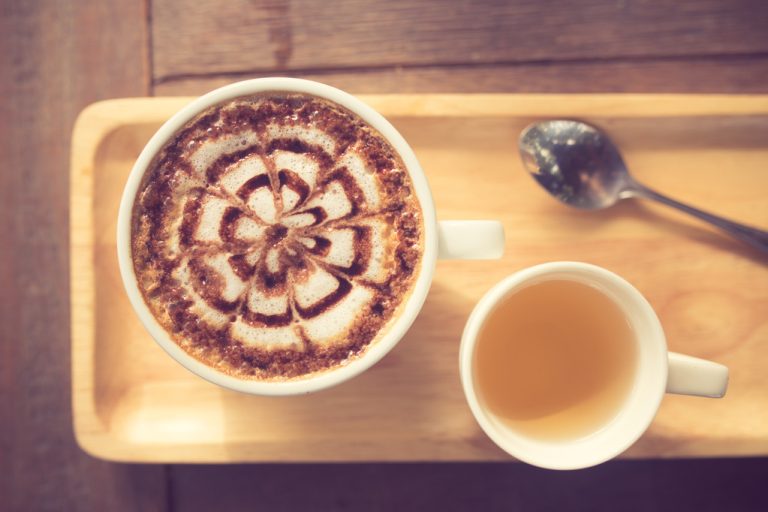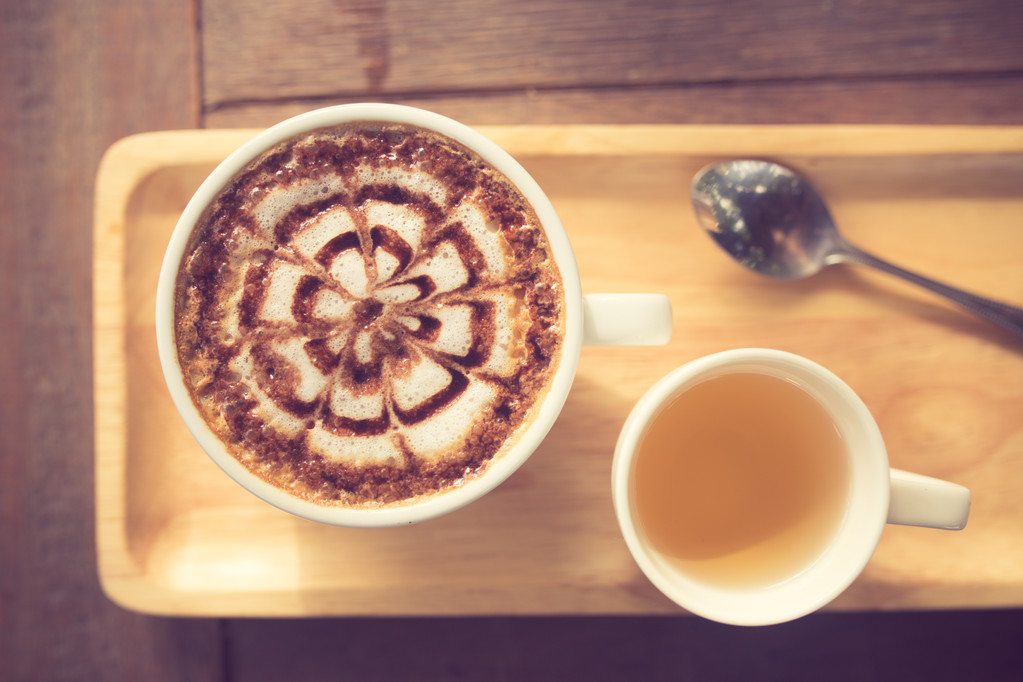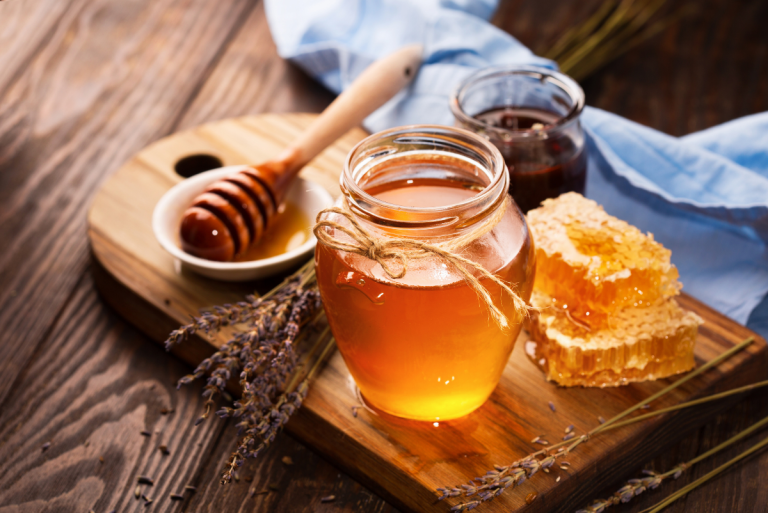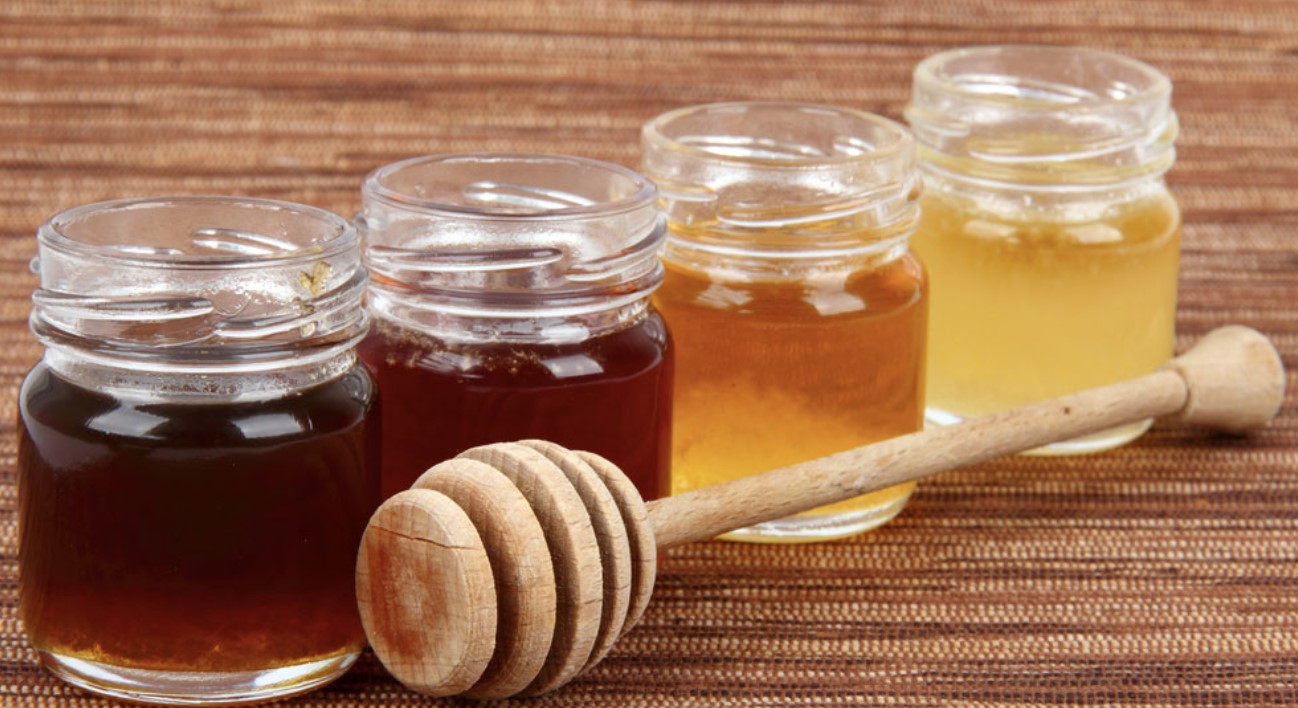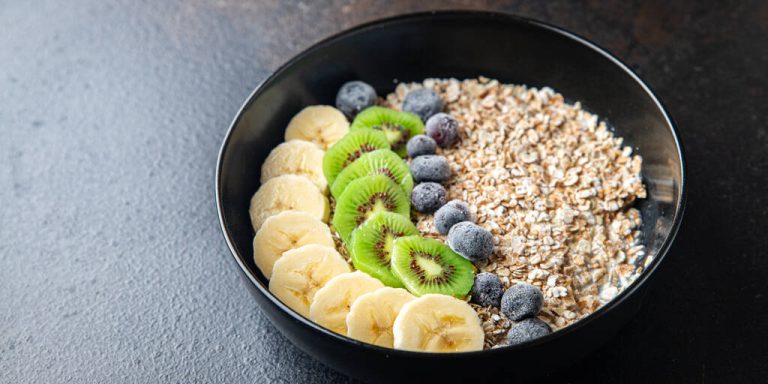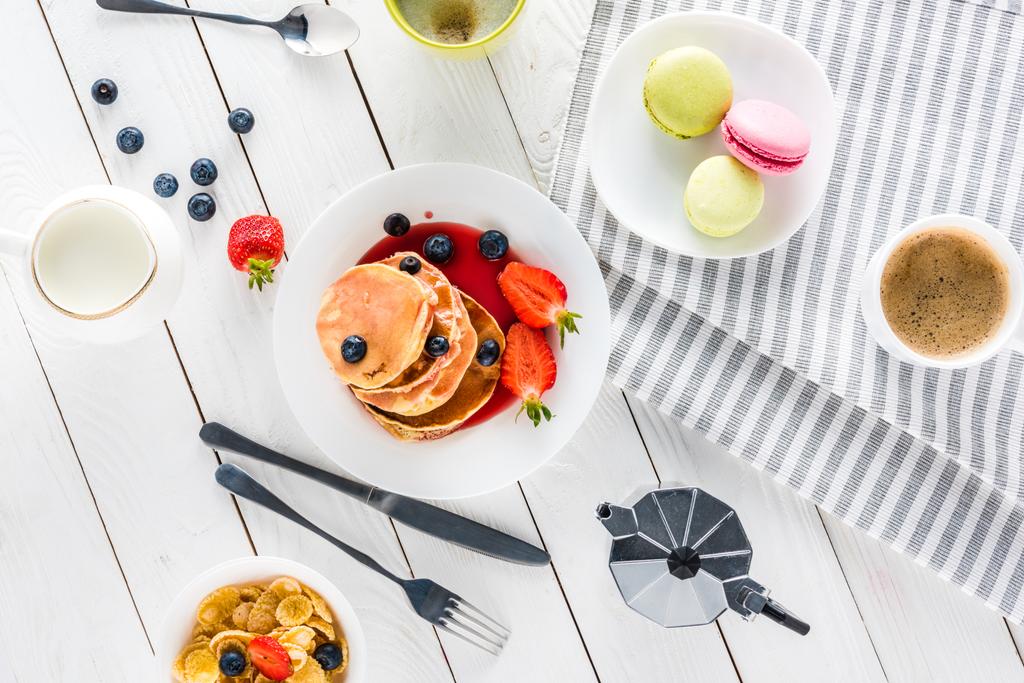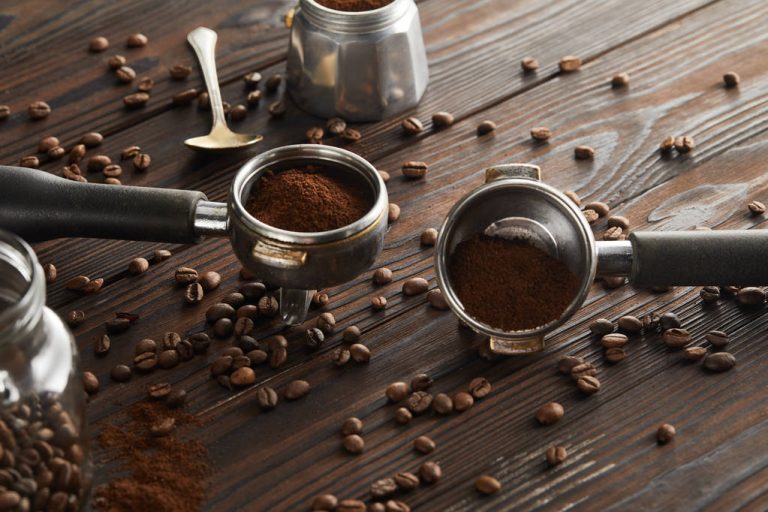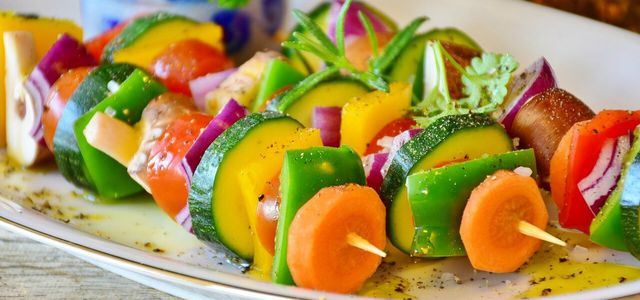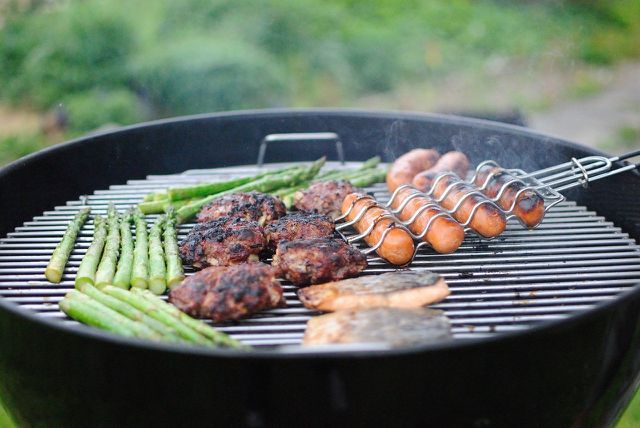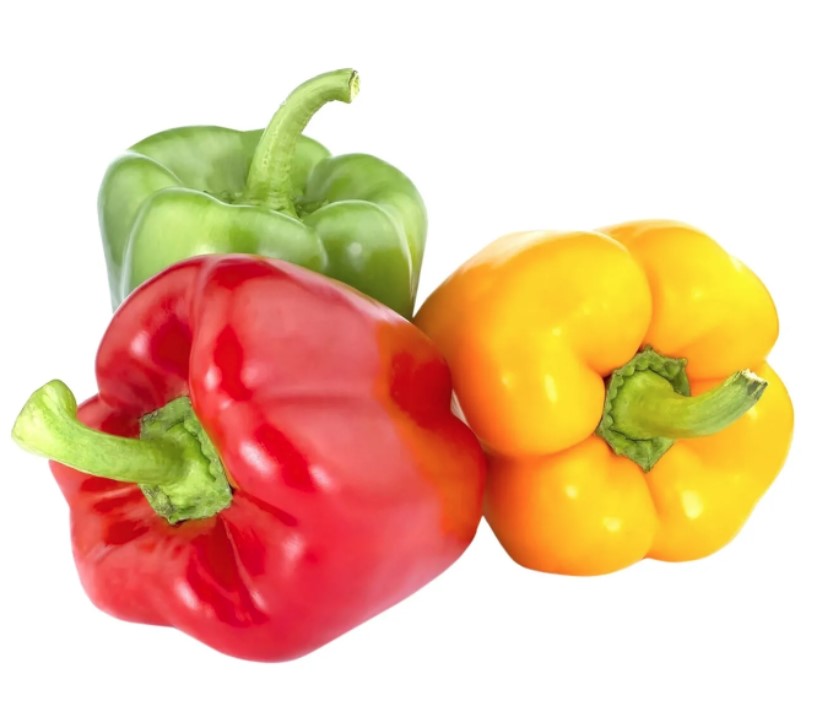Cozy afternoons can be perfectly enjoyed with a Pumpkin Spice Latte. We explain why pumpkin coffee is so popular, where it comes from and how you can easily make it yourself.
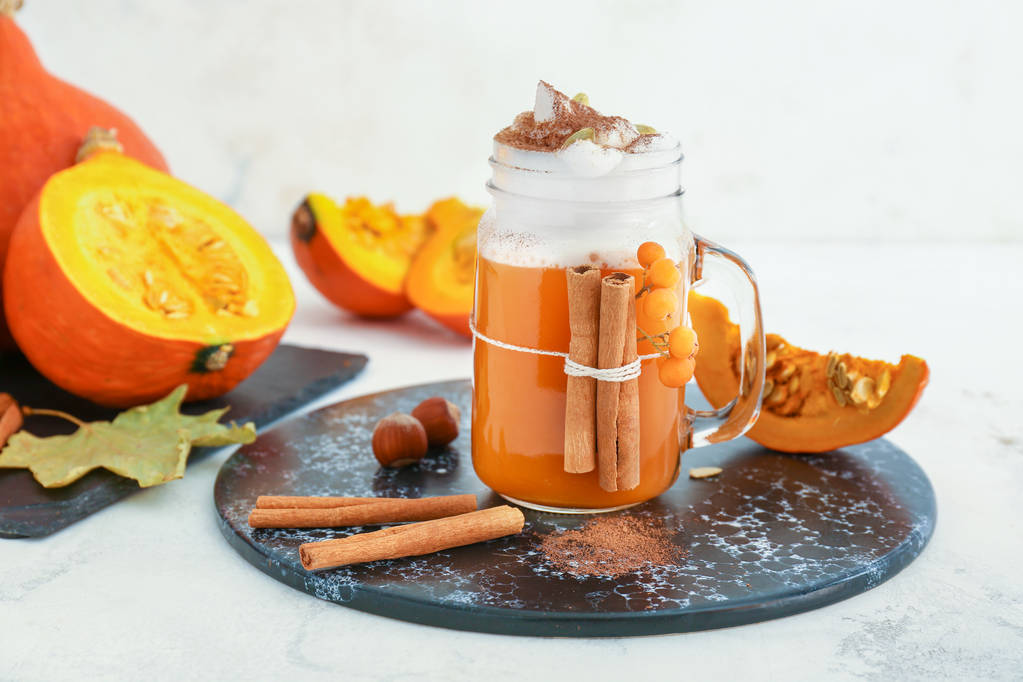
What is a Pumpkin Spice Latte?
A Pumpkin Spice Latte is a coffee variation that is essentially made with espresso or strong coffee, pumpkin puree, spices and milk froth. Depending on the season, mainly autumnal spices such as cinnamon or cloves are used.
The drink was made famous by the American coffee chain Starbucks, which offers the drink in its branches every year around Halloween. The first Pumpkin Spice Latte went over the counter in January 2003. At that time, the company tried to extend the Christmas season with the drink by launching a hot drink with Christmas spices.
Since the drink was very well received by customers, but the pumpkin season generally begins in autumn, the decision was subsequently made to sell the pumpkin coffee in the branches as early as September. Since then, the Pumpkin Spice Latte has developed into a real cult drink that is so popular that Starbucks was already offering the drink in selected branches in mid-August.
This is how the Pumpkin Spice Latte works
If you are looking for a pumpkin and coffee recipe to take home, you’ve come to the right place. The recipe is quite simple, but requires some preparation if you want to make all the ingredients yourself.
List of ingredients for about 0.4 l Pumpkin Spice Latte:
1-2 tbsp fine pumpkin puree
1 tsp Pumpkin Spice spice mix
2 tbsp agave syrup
Milk/milk alternative for milk froth
espresso
Options:
Coffee syrup for refining or sweetening, such as vanilla or caramel
Step 1: Prepare the pumpkin puree
In the USA you can get the ready-made pumpkin puree in almost every supermarket. In Germany you can occasionally find the puree at the weekly market or in some delicatessens. You can also easily prepare pumpkin puree yourself in just three steps:
cut pumpkin
Cut a Hokkaido pumpkin into four equal parts and remove the seeds.
Cook Pumpkin
Put the pieces, including the peel, in boiling water and leave them there for around 15 to 20 minutes.
puree
Using a hand blender, mash the soft pumpkin pieces into a puree.
Storage Tip: You’ll probably need a lot less puree than you get from a whole squash. But that doesn’t matter. If you pack the puree airtight, it will keep in the fridge for about a week for further processing. Of course, you can also plan ahead and store the finished puree in the freezer.
Step 2: Preparation of the spice mixture
The listed ingredients for our pumpkin recipe can be found in almost every supermarket or easily ordered online. You can also make the spice mixture yourself and create your own individual taste. Depending on your preference, you can change the proportion accordingly. To make it, simply mix the following ground ingredients together:
3 tbsp cinnamon
2 tsp ginger
2 tsp nutmeg
1.5 tsp allspice
1 tsp cloves
Step 3: Prepare Pumpkin Spice Latte
Now the ingredients for the pumpkin coffee can finally be mixed together:
Pour pumpkin puree into a glass
Prepare a large glass and fill it with 1-2 tablespoons of fine pumpkin puree. To get it particularly fine, you can scrape it through a sieve into the glass again.
mix ingredients
Take a small bowl and mix 1 teaspoon of the spice mixture with the 2 tablespoons of agave syrup. Then spread the mixture over the pumpkin puree.
Add milk froth
In the next step you need milk foam. You can open it yourself or get it quickly and easily from a fully automatic coffee machine. Then add the milk froth to the glass.
Add espresso
Now it is important to make a particularly strong espresso. This is only possible with the help of a fully automatic machine or portafilter. A strong coffee can be made with an espresso maker, for example. Now pour the espresso into the glass very slowly so that the individual layers do not mix with each other. This creates a great visual effect when serving.
Stir
The Pumpkin Spice Latte is ready and ready to be enjoyed. Just before drinking, you should stir the drink well with a long-handled spoon so that all the ingredients mix together and the typical pumpkin taste can unfold.
Optional: Add syrup and cream
If you would like to refine your pumpkin coffee, you can optionally add cream to the PSL as a topping or add coffee syrup instead of agave syrup.
Vegan Pumpkin Coffee
For the vegan variant of the Pumpkin Spice Latte, you can also easily become a milk alternative. Soy milk or oat milk are best suited for frothing. Rice, coconut, almond or spelled milk are less suitable. After all, the milk froth is an essential part of the pumpkin latte. But in the end it’s a matter of taste.
Pumpkin Spice Latte without coffee – the version for children
For people who don’t want to drink coffee, malt coffee is an alternative preparation option. It’s actually not real coffee, since it’s made from grain, but the taste is similar and the pumpkin malt coffee is also very tasty. So that it doesn’t get too sweet, you can also do without the agave syrup and use honey instead.
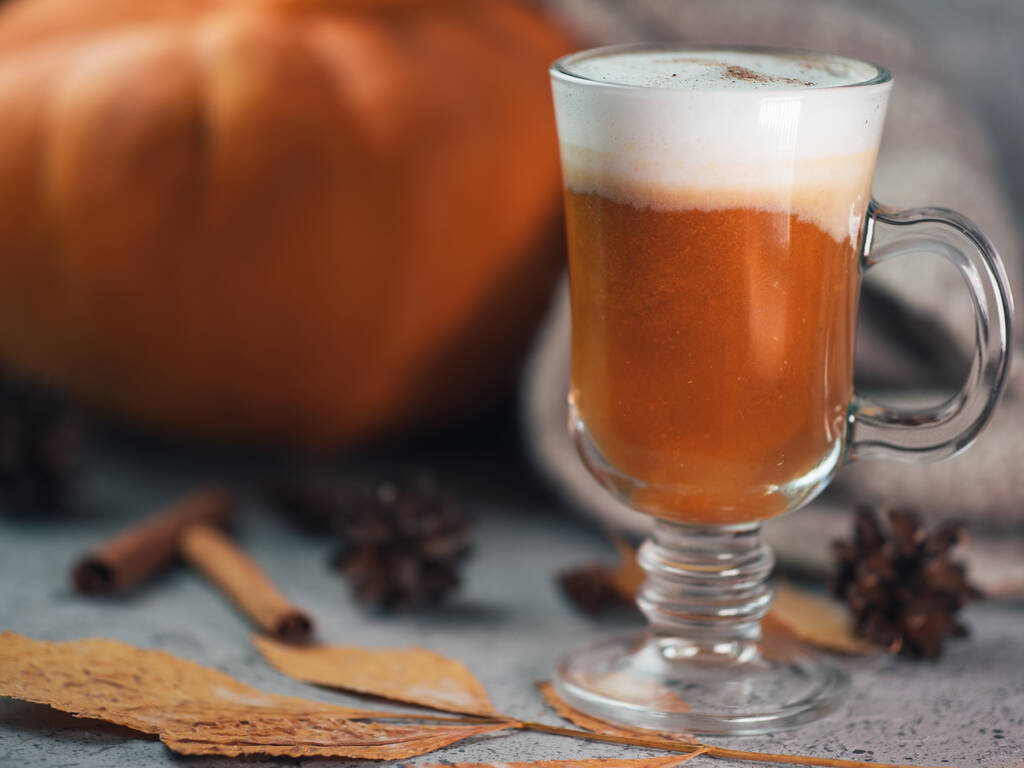
How many calories does a Pumpkin Spice Latte have?
You may have guessed it: Starbucks finished PSL is anything but a diet drink. A 12 ounce Tall cup contains approximately 300 calories. The calories of the Pumpkin Spice Latte are divided into about 10 g of fat and 40 g of sugar, which corresponds to about 10 sugar cubes. This increases the daily energy requirement. If you prepare the coffee with pumpkin puree at home, you can of course control the addition of sugar and fat. This delicious and homemade alternative is not quite as impressive. A glass (250 ml) with fine puree and 1.5% milk has approx. 135 Kcal.

